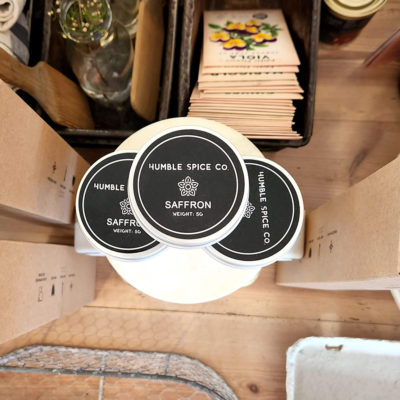Are you curious about the science behind umami, the elusive fifth taste?
In this article, we’ll explore the history of umami, how it affects our perception of flavor, and the ingredients that enhance its deliciousness.
Get ready to unlock the secrets of umami and discover how you can incorporate it into your everyday cooking.
The History of Umami
You may be surprised to learn that umami has a long and rich history, with its origins dating back centuries.
Umami, often referred to as the fifth taste, was first identified by a Japanese scientist named Kikunae Ikeda in 1908. However, the concept of umami itself can be traced back even further.
In ancient China, the use of ingredients such as fermented fish and soy sauce highlighted the savory taste that we now associate with umami.
Similarly, in ancient Rome, the use of fermented fish sauce called garum was a common practice, adding depth and richness to their cuisine.
Over time, umami has become a fundamental component in many culinary traditions around the world, enhancing the flavors of dishes and providing a unique sensory experience.
Its enduring presence in various cultures is a testament to its lasting appeal.
Umami: The Fifth Basic Taste
To understand umami as the fifth basic taste, delve into the scientific research behind its discovery and recognition.
Umami was first identified by Japanese chemist Kikunae Ikeda in 1908. He noticed a unique taste in kombu seaweed broth and conducted experiments to identify its chemical composition. Ikeda discovered that the taste came from glutamate, an amino acid.
Glutamate, when combined with ribonucleotides like inosinate or guanylate, enhances the umami taste. This combination of glutamate and ribonucleotides can be found in various foods such as meat, fish, mushrooms, and tomatoes.
The discovery of umami as a distinct taste was groundbreaking, as it expanded our understanding of the complex flavors that our taste buds can perceive. Today, umami is recognized as one of the five basic tastes, alongside sweet, sour, salty, and bitter.
Umami and the Science of Flavor
Understanding the science behind flavor, specifically umami, can provide fascinating insights into our taste perception. Umami, often described as a savory or meaty taste, is the result of the presence of glutamate, an amino acid, in foods. When glutamate binds to specific receptors on our taste buds, it triggers a cascade of signals that travel to our brain, ultimately resulting in the perception of umami flavor.
Additionally, other compounds such as inosinate and guanylate also contribute to the umami taste. These compounds enhance the perception of umami when combined with glutamate-rich foods.
Understanding the science of flavor can help us appreciate the complexity and depth of taste, and perhaps even inspire new culinary creations that harness the power of umami.
Umami-Enhancing Ingredients
Umami-enhancing ingredients like soy sauce, mushrooms, and Parmesan cheese play a crucial role in intensifying the savory taste of umami. These ingredients contain high levels of glutamate, an amino acid responsible for the umami flavor.
Soy sauce, for example, is made from fermented soybeans and wheat, which undergo a process that enhances the umami taste.
Mushrooms, particularly shiitake and porcini, are rich in natural glutamate, making them a popular choice for adding depth to dishes.
Parmesan cheese, with its aged and fermented nature, is another umami powerhouse. Its nutty and salty flavor enhances the umami taste when grated or melted into dishes.
Unlocking Umami in Everyday Cooking
Enhance your everyday cooking by unlocking the flavor of umami. Incorporating umami-rich ingredients into your dishes can elevate the taste and add depth to your meals.
Start by using ingredients like soy sauce, miso paste, and fish sauce, which are packed with umami flavor. These condiments can be used to season stir-fries, marinades, and sauces.
Another way to unlock umami is by incorporating mushrooms into your cooking. They have a naturally savory taste that enhances the overall umami profile of a dish.
Additionally, fermenting foods like kimchi and sauerkraut can bring out their umami flavors.
Lastly, don’t forget to experiment with cooking techniques like roasting and caramelizing, as they can intensify the umami taste.
Umami, often referred to as the fifth taste, has a rich history and science behind it. By understanding the concept of umami and its role in flavor, we can unlock a whole new level of taste in our everyday cooking.
Incorporating umami-enhancing ingredients into our dishes can elevate the flavors and create a more satisfying dining experience.
So, next time you cook, don’t forget to embrace the power of umami and let it take your taste buds on a delicious journey.






